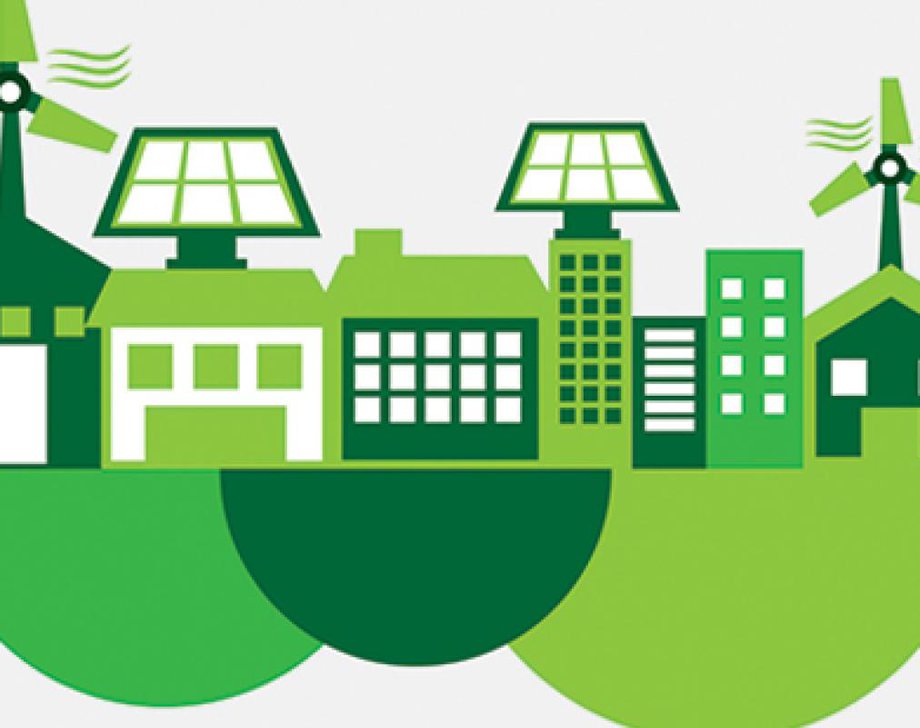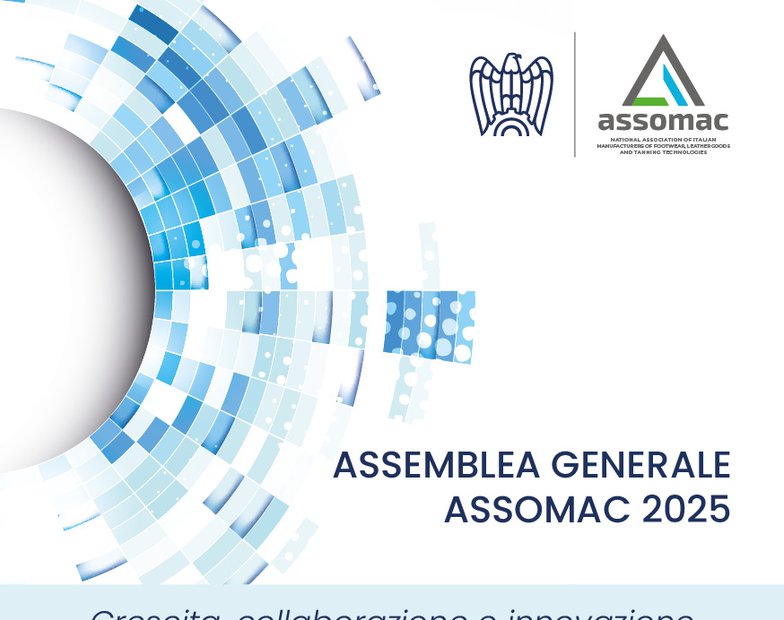“Supplier of Sustainable Technologies”: ASSOMAC study on Sustainability.
Companies involved in initiatives to reduce the environmental footprint in fashion consumer products are looking for technologies, solutions and good practices for environmental sustainability. To improve the interaction between the company and the environment, intermediate goods producers are required to perform an environmental performance assessment, which allows them to express an opinion on the results of environmental management. For this purpose, quantities called environmental indicators are used, the values of which are compared with the reference values, useful for understanding what needs to be improved to meet the Science Based Targets, which require the reduction of 80% of GHG emissions for 2050.
To meet the Science Based Targets, several improvement measures must be applied simultaneously: greater energy efficiency and a shift towards renewable energies as well as intelligent approaches to the recycling of fiber and fabrics. It is important to understand how the mere implementation of individual measures (for example the circular economy) would not make the clothing and footwear sector sustainable in the long run. This article lists the midpoint and endpoint indicators, as well as inventory assessments and classes of measurements that differ from the purpose for which they are intended.
The intermediates are characteristic of the processes caused by the flow of substances to and from the natural environment, while the purpose of a final indicator is to better illustrate the overall effects of these processes in terms of social value - human health, ecosystems and resources. Inventory data is the information used to calculate intermediate and final.
Impact indicators
The midpoints
they are characteristic of the processes caused by the flow of substances to and from the natural environment.
The endpoints
illustrate the overall effects of processes in terms of social value, human health, ecosystems and resources.
Climate change or global warming potential Climate change
Climate change or global warming potential Climate change (also referred to as carbon footprint) measures the potential impact on climate change of greenhouse gas emissions associated with a product, process or organization. Takes into consideration the ability of a greenhouse gas to influence the radiant force, expressed with respect to a reference substance and a specific time horizon
Ecosystem quality
The health of an ecosystem can be compromised by the release of substances that cause acidification, eutrophication, toxicity to the natural environment and occupation of the territory, as well as various other mechanisms. An assessment of the overall impact of a system on the health of an ecosystem is carried out using the ecosystem quality endpoint of the IMPACT 2002+ methodology (Joliet et al. 2003) in which substances are weighted based on their ability to cause each of the different damage to wild species. These impacts are measured in units of potentially disappearing fractions PDFs which refer to the probability of species loss.
Human health
Damage to human health due to pollution is caused by the release of substances that affect humans through acute toxicity, carcinogenic toxicity, effects on the respiratory system, increase in ultraviolet rays and other processes. An assessment of the overall impact of a system on human health is carried out using the human health endpoint of the IMPACT 2002+ methodology, in which the substances are weighed based on their ability to cause a series of damage to human health. These impacts are measured in units of disability-adjusted life years (DALY: years of health lost?), Which combine / connect disease and mortality estimates according to a number of causes
Resources
The depletion of resources is the result of the exploitation of both renewable and non-renewable resources at a level higher than their ability to regenerate. The materials are evaluated on the basis of their abundance and the difficulty of obtaining them. An assessment of the overall impact of a system on the exploitation of resources is carried out using the IMPACT 2002+ methodology for resources endpoints, which combines the use of non-renewable energy and an estimate of the greater amount of energy that will be required for obtain an additional quantity of this substance from the earth, based on the Ecoindicator 99 method (Goedkoop, Spriensma 2000). These impacts are measured in megajoules (MJ).
Withdrawal of fresh water
The withdrawal of fresh water measures the potential impact of the withdrawal of water required for a product, process or organization. It takes into account the water (where it goes away by evaporation, is consumed or released downstream) excluding the water from the turbine (for example, the water that flows to create hydroelectric energy). It takes into account drinking water, spring water for irrigation and water for industrial processes (including cooling water).


